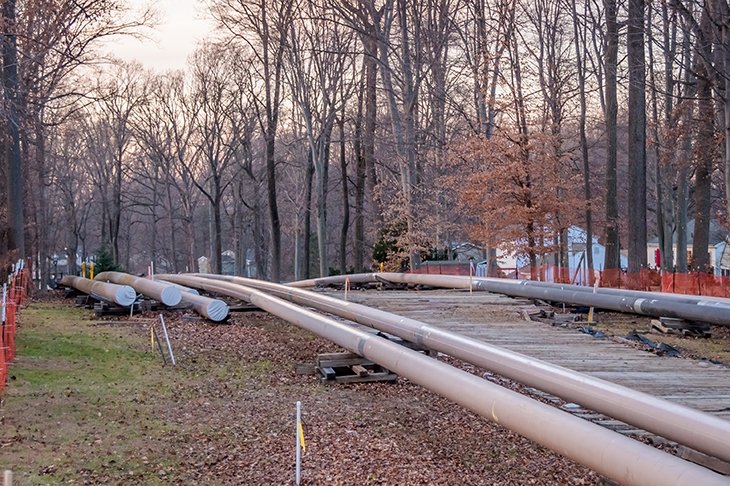When America used a drone to take out an Iranian general a few weeks ago, it triggered a standoff between the two countries that barely moved oil prices. America was seen to have passed the first test of what Donald Trump hailed as ‘energy independence’. The US oil industry has surged over the past five years, making it the world’s biggest oil producer, and now a net exporter. The hope in DC has long been that this would turn the tide — not just on energy costs, but on the power dynamics in historically sticky relationships between democracies and dictatorships. By becoming energy independent, America decoupled itself from the Middle East; by exporting its energy, it was starting to liberate the world economy too.
But all along, America had a vulnerability. The Saudi, Russian and Iranian oil companies were either the property of the government or in the hands of their crony friends. By contrast, the US energy revolution took place in a competitive market whose innovation brought about the fracking technology that has made the era of shale possible. Yes, America’s fossil fuel industry is subsidised by tens of billions of dollars per year — a frustration shared by market purists and green activists alike — but the main drivers in the industry have been high-risk investment and competition between both big and small players.
But these smaller, independent companies followed the Amazon and Uber blueprints for world domination: run up huge debts and live on the promise of tomorrow’s profits. If those profits fail to turn up, America’s new energy champions might well collapse.
Concerns about the financial stability of American shale gas companies have been brewing for a while now, as the risk of bankruptcy in the sector has risen.









Comments
Join the debate for just £1 a month
Be part of the conversation with other Spectator readers by getting your first three months for £3.
UNLOCK ACCESS Just £1 a monthAlready a subscriber? Log in